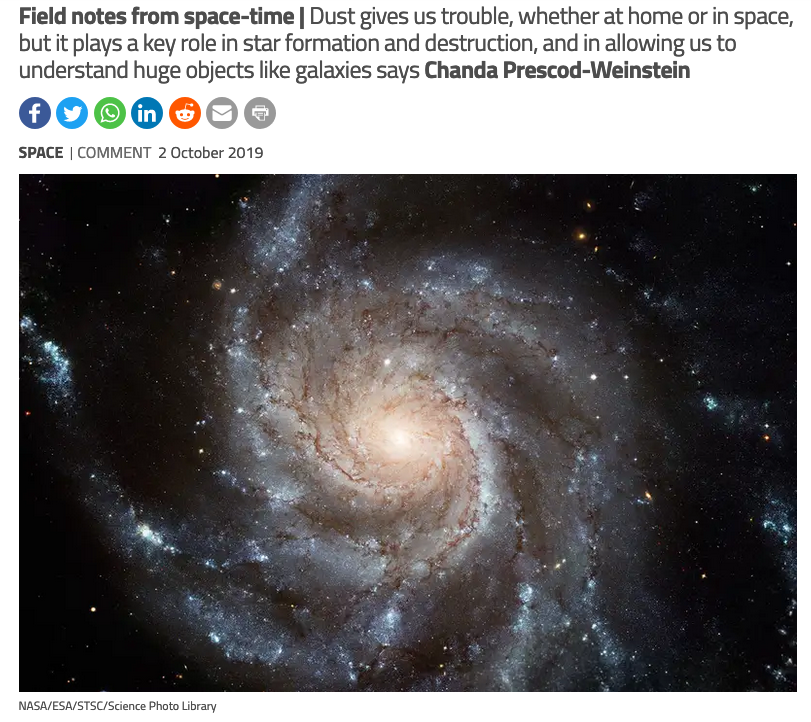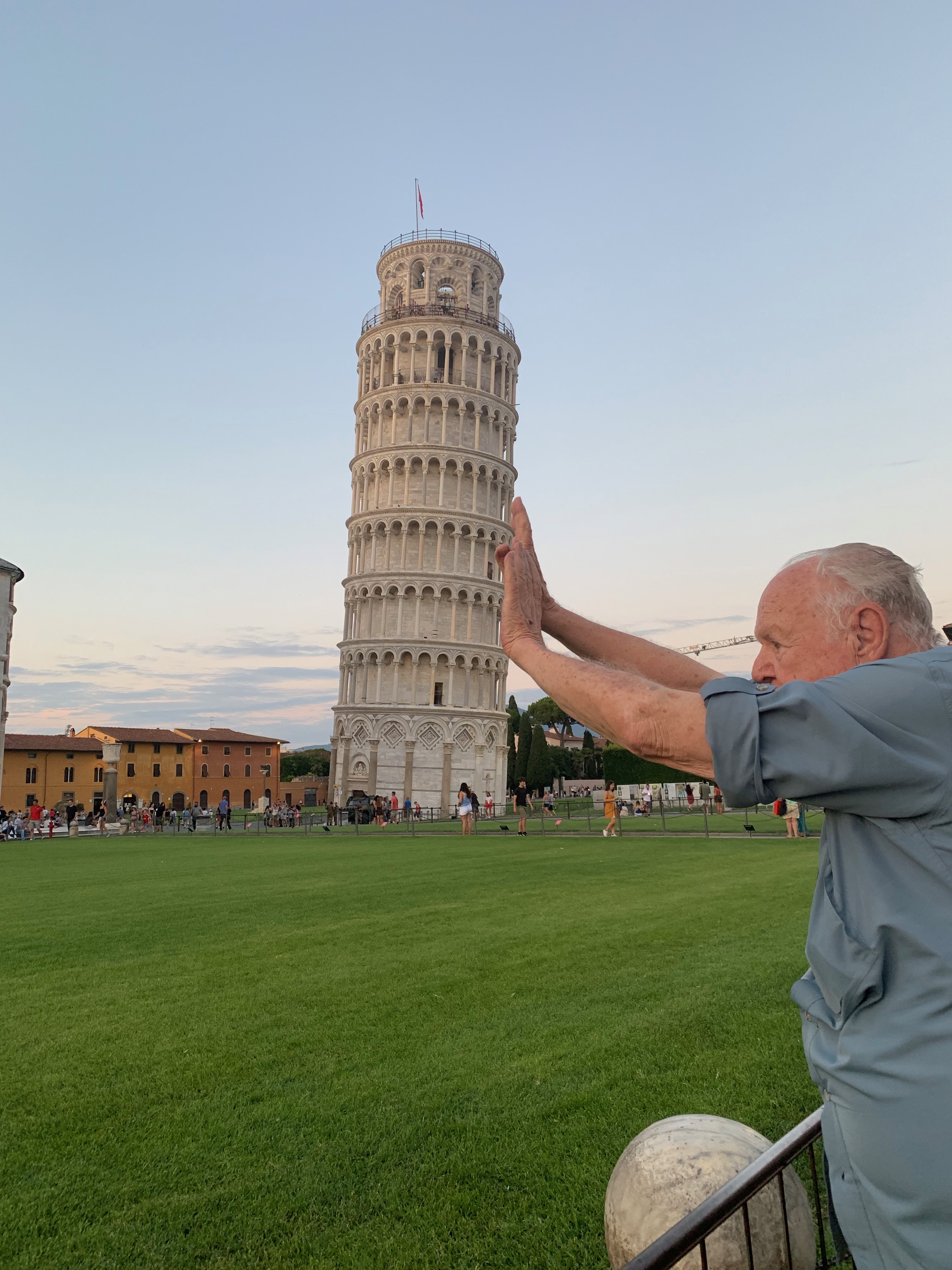
WE KNOW the universe doesn’t revolve around us. But parts of it do, like household dust. This continuously reproducing filth is comprised of skin cells, hair, clothing fibres, dirt from outside, dust mites, bacteria and chemicals that can stick to any of these items.
As a child, one of my weekly chores was dusting the house. If you had told 12-year-old me that, at 37, I would find dusting one of the most comforting things I do at home, I would have been very concerned about exactly how awful adulthood is. But perhaps I might have worried less if I had also been told that with adulthood would come knowledge of cosmic dust, which is all over the universe and absolutely does not revolve around us.
Space dust is part of a fascinating life cycle of structure formation in the universe: the emergence of stars and planets, as well as their deaths. In the very early universe, gravity caused hydrogen and helium gas to collapse into objects that often became densely packed enough to ignite nuclear hydrogen burning, which leads to star formation. The nuclear chain reactions that occur in stars produce elements heavier than hydrogen and helium, like carbon, nitrogen and oxygen. Even heavier elements, like neon and titanium, are made in the supernova explosions that can occur at the end of a star’s life. Ads by ZEDO
These explosions blow stardust made of these elements – most commonly silicon and carbon – out into the universe. Some of it leads to solar system formation, producing the extrasolar planets we are increasingly capable of observing. In the case of our local star, the sun, that solar system sprouted life on the third-innermost planet, Earth.
Some of the dust helps form the next-generation stars that burn a little differently than their forebears because some of the elements they contain are heavier.One thing cosmic dust does have in common with household dust is that it can be annoying. An ongoing issue in astronomy observations is figuring out how to learn about objects – from planets to stars – that are obscured by cosmic dust in what we call our line of sight, the path of light travelling from that object to our telescope. Light passing through cosmic dust interacts with its particles. The dust will sometimes absorb and scatter the light, dimming the object’s brightness, although this can also offer valuable insight into the size of the dust particles.
“Like household dust, cosmic dust can lead to misinterpretations of what we are viewing”
Like household dust, cosmic dust can lead to misinterpretations of what we are viewing. Your black television stand can end up looking grey if you don’t clean it. Similarly, cosmic dust can get mistaken for something else. Just five years ago, researchers on the BICEP2 experiment revealed they had detected gravitational waves, ripples in space-time, from the universe’s first second of existence. It turned out that instead they had seen dust. The mistaken announcement occurred because they hadn’t properly subtracted dust out of their data. In other words, dust can really get in the way of taking a good, clean picture.
At the same time, studying cosmic dust is a critical part of understanding how objects form in the cosmos. While most of the matter in the universe is probably in the form of dark matter, most of the visible matter is in the form of interstellar dust, not in compact objects like stars and planets. Thus, insight into large-scale structures like galaxies requires an understanding of dust dynamics. One galaxy we would really like to understand is ours, the Milky Way. But we face challenges in trying to comprehend it because of the way dust obscures our view, so looking at other examples is important.
It is good to have neighbours. The Milky Way is part of what is known as the Local Group, a collection of galaxies whose largest members are our own and Andromeda. By looking at the patterns of dust in Andromeda, we can gain exciting insight into our own corner of the universe. Ant Whitworth at Cardiff University in the UK recently led a team in doing just that, using data from the Herschel Space Observatory.
Herschel, named after British astronomers and siblings Caroline and William Herschel, was a European Space Agency telescope that specialised in looking at the universe in the part of the electromagnetic spectrum that straddles infrared and radio waves – exactly where space dust is most visible to our instruments. With their data, Whitworth and his team affirmed a previously noted tension between theoretical models of interstellar dust and observations. Dust continues to give humanity trouble, whether at home or in the galaxy next door.
Read more: https://www.newscientist.com/article/mg24332503-500-dust-is-annoying-but-it-is-also-key-to-life-and-death-in-the-cosmos/#ixzz61ftDw98c
